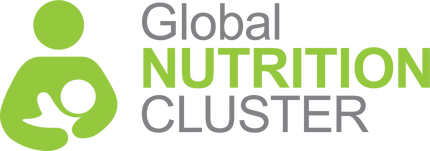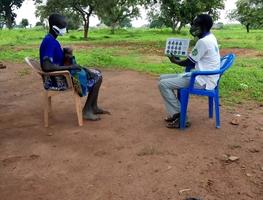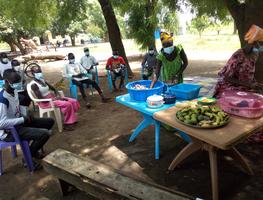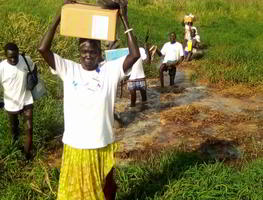Request support on coordination, information management, integration for nutrition outcomes or technical nutrition in emergencies assistance.
التماس الدعم لتنسيق التغذية وإدارة المعلومات والتغذية في حالات الطوارئ
Demander un appui pour la coordination de la nutrition, la gestion de l'information et la nutrition dans les situations d'urgence
Buscar apoyo para la coordinación de la nutrición, la gestión de la información y la nutrición en situaciones de emergencia
Solicite apoio para coordenação em nutrição, gestão de informação e nutrição em emergências
South Sudan
L2Coordination mechanism: Cluster
Year of activation: 2010
Coordination arrangement:
National level: Lead UNICEF, ACF- Roving Subnational Cluster Co-Coordination, WFP- Deputy Coordination, and UNICEF/ IMMAP-Information Management Specialists
Subnational level: 10 functional sub-national clusters in 10 states of South Sudan
Maleng Ayok Amet
Roving Sub national Nutrition Cluster Co-Coordinator nutclusterco-rov@ssd-actionagainsthunger.orgMid-year Report 2023
January to June 2023
- The influx of vulnerable people due to the Sudan Crisis led to overburdening the already fragile nutrition service delivery system in South Sudan. With the influx, it is estimated that the number of children and women requiring nutrition support may increase by 30%, overstretching the limited nutrition resources, including supplies and human resources
- Humanitarian resources are reducing against the backdrop of high nutrition needs due to increasing aggravating factors including floods, conflicts, and influx from Sudan. Currently, the NC is underfunded at 41% of the 2023 needs
- Some nutrition sites remained inaccessible due to subnational conflicts and floods, reducing access to live-saving nutrition interventions for vulnerable children and women. In addition, some areas experiencing subnational conflicts reported looting of nutrition supplies from nutrition sites
- In the last six months, at least eight of the ten states in the country have experienced a measles outbreak, overburdening the already weak health system
| Advocacy Survey | |
| Country Advocacy Strategy developed | Yes |
| Link to document | Link |
| Advocacy activities included in annual work plan | Yes |
| Specific WG leading advocacy work established | Yes |
| Preparedness | |
| Contingency plan or ERP plan developed/updated | No |
| Link to document | |
| Intersectoral Collaboration (ISC) | |
| Intersectoral projects currently under implementation | Yes |
| Clusters engaged: Health, WASh, FSL, Protection and Education | |
Nutrition cluster made deliberate efforts in 2022 to ensure that the same target households or individuals in priority counties receive interventions and services from multiple clusters including Health, WASH, FSL, Protection and Education clusters. This was done through joint prioritization of counties with multiple deprivations, and the implementation of a comprehensive package of services aimed at addressing multiple interconnected drivers of malnutrition, reduce vulnerabilities, prevent malnutrition, and build resilience among the vulnerable people. Based on this joint effort with the different clusters, improvement was recorded in Nutrition and WASH situation in seven of the 17 priority counties. Both Nutrition and WASH clusters will be documenting this positive trend in 2023. | |
Key Figures
(million)Funding
(million)- Children 6-59 months
- Pregnant and Lactating Women
Total Partners
Key Resources
list of important documents






